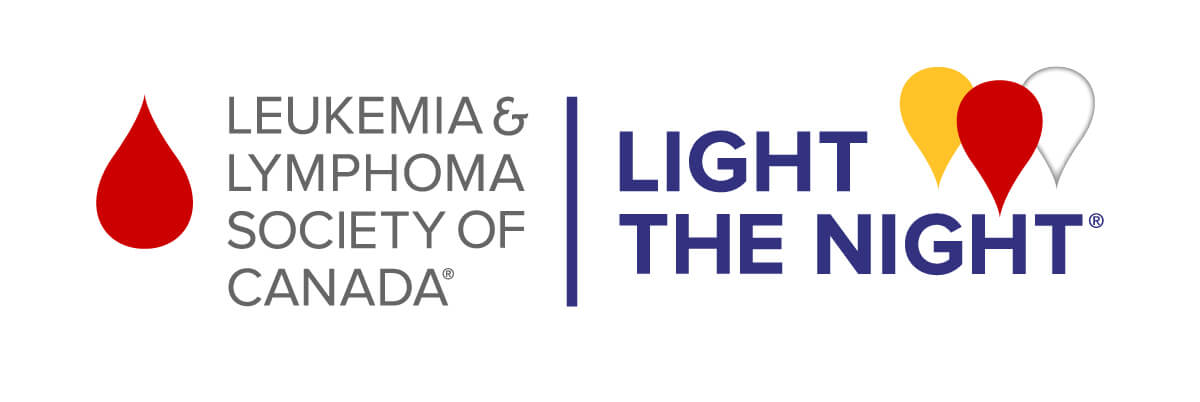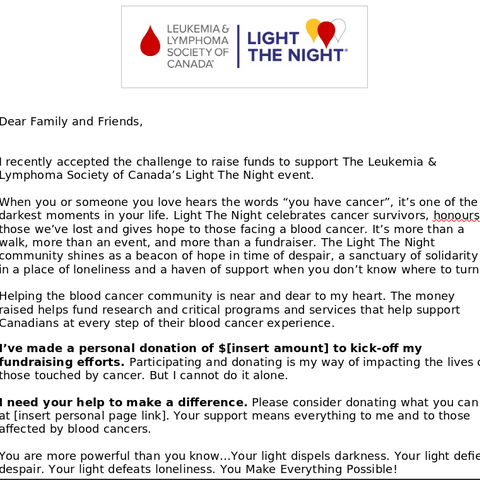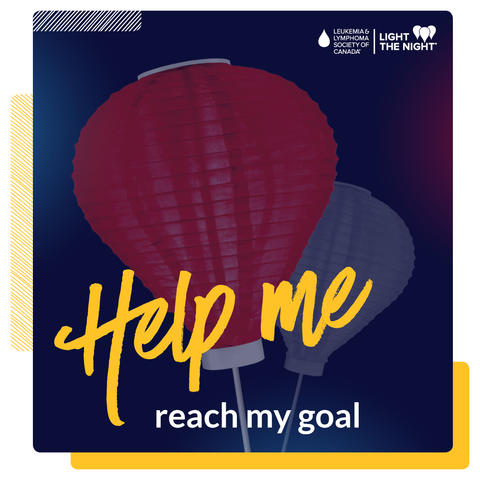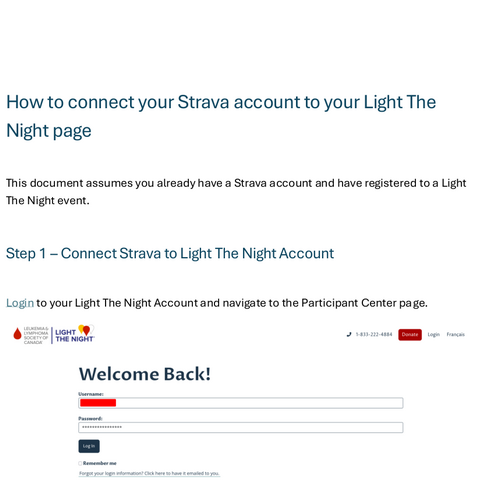Tools for fundraising success
Whether you’re fundraising as an individual or with a team, we’ve got you covered. From fundraising tips to sample emails to social media posts, we’re here to help you reach your goal!
1. Brainstorm your contacts
Include everyone in your network as you prepare to ask for donations: Friends and family, colleagues, neighbours, social media contacts, local businesses you frequent - and anyone else you can think of. Some people will prefer to help in other ways by giving you a hand to plan and host an event or by donating an item for an auction. Keep your options open!
2. Set a goal
Setting a fundraising goal will help keep you motivated and will show potential donors you’re committed to your fundraising campaign. Your supporters will want to be part of your success as you pursue your target!
3. Tell your story and ask for donations
Open up about why you care about the blood cancer community. You can share your own personal connection to the cause or your concern about blood cancer’s impact on families, especially in light of other challenges like the pandemic.
Reach out to your contacts in whatever way works for you and for them – by email, social media, phone, Zoom, or in-person!
4. Share updates
Keep your friends and family posted about your fundraising progress. It will remind them to donate or to participate in your fundraiser. Your supporters will appreciate the updates and feel like they’re an important part of something special.
5. Thank your donors
Thank your supporters when they make a donation, and circle back to everyone after the event to let them know the grand total raised. It will go a long way to making your donors feel appreciated - and inclined to give again the next time you ask.
- Send an email
- Post your thanks on social media
- Make a phone call
- Mail or drop off a card
6. Fast Facts
When sending a message or preparing to chat with a potential donor, have these facts in your back pocket to show the impact their support could have.
- 2 in 5 Canadians will be diagnosed with cancer in their lifetime.
- Blood cancer is the 4th most diagnosed type of cancer in Canada
- Every 17 minutes on average, someone is diagnosed with a blood cancer
- Leukemia is the most common childhood cancer and Lymphoma is the 3rd most common childhood cancer
Identify Your Network
Not sure where to start? Begin by thinking about the people already in your life—your network is probably bigger than you think! ✨
Make a list of potential supporters:
- Family
- Friends
- Neighbours
- Co-workers
- Community groups (clubs, teams, school, faith groups—you name it!)
Make the ask simple. No need for a big speech—just share why you’re fundraising. Your personal reason matters, and people give to people, not just causes.
Don’t wait! Start your fundraiser as soon as you register. Then follow up, follow up, and follow up again. People are busy—reminders help and often lead to more donations.
- Ask for a donation from family and friends.
- Asking for a donation directly is by far the most straightforward way to fundraise. Don’t be discouraged if nothing happens after the first try. Many people will give if you ask more than once; it’s worth the effort to ask at least twice!
- Ask for donations on social media. Remember to inspire your donors by sharing why you’re involved.
- Suggest donations instead of a gift for special occasions like your birthday!
- Offer a product or service in exchange for donations, or with proceeds going to your fundraising.
- Hold a sale of homemade crafts, baked goods, artwork, etc.
- Provide a service like lawn mowing, yoga instruction, giving a performance, etc.
- Host an online silent auction.
- Host an in-person or virtual fundraising event
- Check if your employer matches donations!
Check out the fundraising tools and other resources available below to support your fundraising campaign!
Visit our Strava information page to learn more about Strava or read through the resource below to get started!




